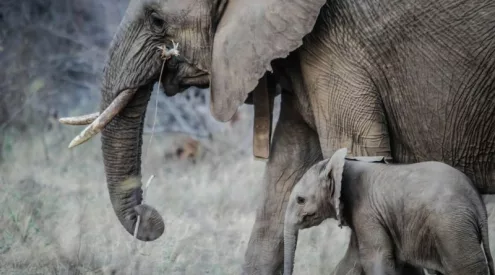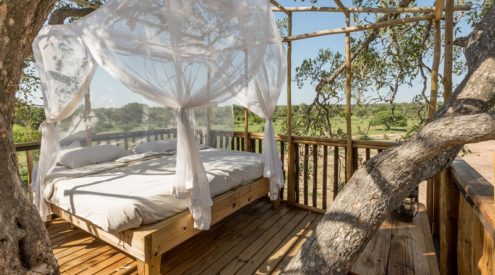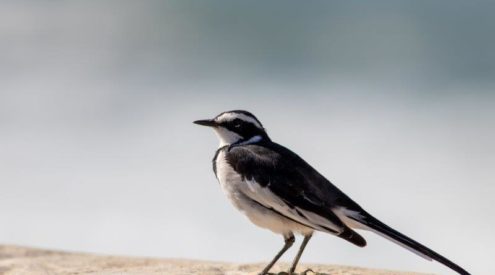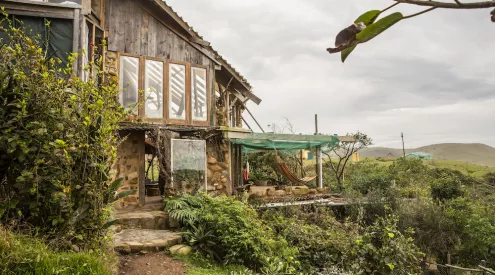About 50 million years ago, deep in the recesses of evolutionary time and way before the Wright brothers gazed creatively into the heavens, our wide, bright skies were ruled by eagles.
I’ll never forget my first eagle sighting: a powerfully beaked Verreauxs’ eagle atop a swaying bush, a hapless guineafowl in its talons and a cloud of torn feathers floating everywhere. I was nine and instantly became a birder and a raptorphile, obsessed with birds of prey.
South Africa is fortunate in its wealth of eagle species, with no less than 17 commonly seen and 13 breeding here.
Take the Verreauxs’ eagle, for example. These birds, which can weigh up to 4,2 kilograms, have the second-greatest wingspan – about 2,2 metres – of all eagles in our region. (First place goes to the martial eagle.) They’re specialist hunters of dassie, but will feed on other small mammals and ground-dwelling birds. Pairs have even been known to hunt co-operatively, with one bird distracting the prey as the other swoops in from behind. Their nests are large (up to two metres in diameter) and usually positioned high on a mountain ledge.
The smallest eagle in South Africa is the booted eagle, which has a wingspan of just 1,2 metres – that’s about half of the Verreauxs’ – and weighs up to a kilogram. Some are summer visitors to our region from the northern hemisphere, while others are resident all year and breed in in the southern and western mountainous parts of South Africa.
Some eagles, such as the African fish-eagle and the osprey are habitat specialists, being dependant on a particular environment. They’re found at coastal lagoons and estuaries where they hunt predominantly fish. The osprey is a non-breeding visitor from the north, while the fish-eagle, with its distinctive and quintessentially African call, is resident. The adults of these species share no similarities in looks, but juveniles can be confused. Telling the difference is as simple as studying the shapes of the wings: the fish-eagle has broad wings, while the osprey’s are almost like those of a giant gull.
Then there are snake-eagles, of which South Africa boasts three species. The southern-banded snake-eagle is the hardest to see, because of its localised range within the coastal forests of northern KwaZulu-Natal.
Many bird-watchers have a species they prefer above all others. Sometimes it’s the zippiness of the kingfishers or the glow of the sunbirds. And for raptorphiles like me, it’s the eagles.
Threats to eagles
Sadly there are some skies that don’t welcome eagles. Think of the power lines traversing the country, acting as potential death traps, and of deforestation along the eastern coastline and its negative impact on the near-threatened (according to the Eskom Red Data Book of Birds of South Africa, Lesotho and Swaziland) crowned eagle.
BirdLife South Africa is developing a programme to conserve important bird areas (IBA), for instance sprinkling forested lands such as the Amatole Forest Complex of the Eastern Cape and patches of arid savannas in the Northern Cape, where many of these threatened eagles can breed and roost in safety.
(Photograph by Evan Haussmann)

















